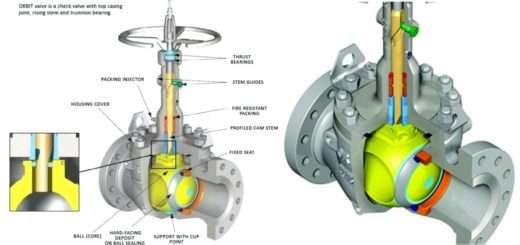Californium Element Properties and Information

Californium Element Properties and Information
Californium is 98th element on the periodic table. Elements are arranged in the periodic table on the basis of the atomic number. Atomic number is the number of protons in the nucleus of the atom. Californium has an atomic number of 98. It is located in the Group ‘Actinides’ and Period 7 of the periodic table of elements. It is named after California.
The team of Stanley Thompson, Kenneth Street, Jr., Albert Ghiorso, and Glenn Seaborg spent years collecting milligrams of Curium-242 in order to do experiments with it. They took a few micrograms of curium-242 and bombarded it with alpha particles to yield Californium-245. Even though only 5000 atoms of californium were made, it was enough to prove the existence of a new element. Californium is reasoned to have existed naturally on Earth in the natural nuclear fission reactor at Oklo; but it no longer does because all primordial isotopes of californium have decayed. It is prepared synthetically in nuclear reactors as by-product.
Physical Properties
- Californium is a transuranic actinide metal which has a silvery-white appearance.
- The atomic mass of californium is (251).
- The melting point of californium is unknown as of yet.
- The boiling point of californium is unknown as of yet.
- The density of californium is unknown as of yet.
- Californium is soft enough to be easily cut by a razor blade.
- Below 51K, californium acts as a ferromagnet or a ferrimagnet. Between 48-66K, californium is antiferromagnetic. Above 160K, californium is paramagnetic in nature.
- Californium exists in two forms: double-hexagonal close-packed form and face-centered cubic form.
- Nearly 20 radioisotopes of californium have been characterised so far.
Chemical Properties
- Californium tarnishes when exposed to room temperature and the rate of tarnishing increases with moisture.
- The chemical properties of californium is similar to the lanthanide element, dysprosium.
- Californium compounds are observed to display oxidation states of +2, +3, and +4.
- The chemical properties of the californium compounds which display an oxidation state of +3 are similar to other actinide compounds which display the oxidation state of +3.
- Californium compounds displaying an oxidation state of +2 are strong reducing agent.
- Californium compounds displaying the oxidation state of +4 are strong oxidising agents.
- Californium is observed to form compounds with hydrogen, nitrogen, chalcogens, and halogens.
Methods of Production
Nucleosynthesis: Berkelium-249 captures a neutron to form berkelium-250 which undergoes beta decay to form californium-250.
Relevance in Chemical & Related Industries
Californium has no use in chemical or process industries.
Relevance in Other Industries
- Neutron Source: The specialised use of californium is that it acts as a neutron source for the start up of nuclear reactors.
- Radiation Therapy: Californium is used as neutron source for treatments involving brain and cervical cancer.
- Neutron Radiography: Californium is used in aircraft industry and also in military to detect bad welds, trapped moisture, and corrosion in equipments.
- Neutron Moisture Gauges: Californium-252 is used to find layers of water and petroleum in oil wells. Also, it is used to map the ground water movement.
Health Effects on Exposure
Carcinogen: Even low doses of californium are carcinogenic. Cancer is capable of harming not only the individual but also the gene pool, as mutations may get transferred.
Effects on Surroundings
Release: Californium is a very strong radioactive element. Its release in environment must be controlled for it has potential to negatively harm living beings.
References:
https://en.wikipedia.org/wiki/Californium
https://www.lenntech.com/periodic/elements/cf.htm
































